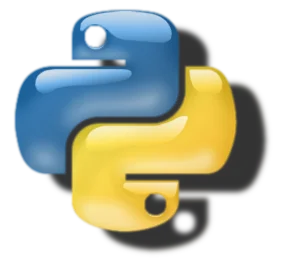What’s New in Python 3.12: Key Enhancements for Developers
Python 3.12 introduces several powerful updates focused on improving performance, type safety, error handling, and language flexibility. In this article, we’ll cover the hottest updates to help you take full advantage of what Python 3.12 has to offer.
1. More Informative Error Messages
Python 3.12 brings even more detailed error messages, making debugging easier and more efficient. Error messages are now more descriptive and highlight possible fixes for common issues, particularly in syntax and name errors.
Example: Enhanced Syntax Error Message
1 2 | # Python 3.12 provides better hintsprint("Hello, World!')) |
This will now generate an error message indicating the probable cause (mismatched quotation) and suggesting the correction, making it quicker to identify and fix simple mistakes.
2. Precision with Self in Class Methods
Python 3.12 introduces Self as a specialized type hint for methods returning an instance of the class itself, which is particularly useful in subclasses and class hierarchies.
Example: Using Self in Method Return Types
1 2 3 4 5 6 | from typing import Selfclass Shape: def set_sides(self, sides: int) -> Self: self.sides = sides return self |
Self improves readability and type hinting accuracy for methods that return the class instance, especially in complex inheritance structures.
3. match Statement Enhancements with case
The match statement introduced in Python 3.10 receives valuable improvements in Python 3.12, making pattern matching more versatile, especially with extended support for custom types and keyword patterns.
Example: Enhanced Pattern Matching
01 02 03 04 05 06 07 08 09 10 | class Rectangle: def __init__(self, width, height): self.width = width self.height = heightshape = Rectangle(10, 20)match shape: case Rectangle(width=10, height=h): print(f"Found a rectangle with height {h}") |
With enhanced match and case support, you can now create more dynamic patterns that match based on attributes, making code more expressive.
4. Performance Improvements in CPython
Python 3.12 continues CPython’s push toward performance with a number of optimizations under the hood, including improvements to memory usage and function execution. These optimizations can yield significant performance gains for certain workloads, making Python faster without any code changes.
- Faster Exception Handling: Improved performance in exception-handling code paths can lead to quicker error processing.
- Memory Efficiency: Memory improvements help with handling large datasets and optimize Python for more extensive data processing tasks.
5. Enhanced typing Features: TypedDict and Final Variables
Python 3.12 improves type hinting with updates to TypedDict for defining dictionary-like objects with a specific structure, and final variables, which helps enforce constants within codebases.
Example: Using TypedDict for Structured Dictionaries
1 2 3 4 5 6 7 | from typing import TypedDictclass Employee(TypedDict): name: str id: intemp: Employee = {"name": "Alice", "id": 1} |
TypedDict provides a better-typed dictionary structure, helping enforce consistent structures, especially in data-centric applications.
6. New contextlib.asynccontextmanager
For asynchronous programming, Python 3.12 introduces asynccontextmanager in contextlib, which allows you to create asynchronous context managers more easily.
Example: Using asynccontextmanager
1 2 3 4 5 6 7 | from contextlib import asynccontextmanager@asynccontextmanagerasync def managed_resource(): print("Setting up") yield print("Tearing down") |
This addition simplifies resource management in asynchronous code, making it easier to manage and clean up resources.
Conclusion
Python 3.12 focuses on developer productivity and code clarity with its improvements in error messaging, type hinting, pattern matching, and asynchronous resource management. Whether you’re a data scientist, web developer, or building complex applications, Python 3.12 has powerful features to streamline your coding experience and boost performance.




